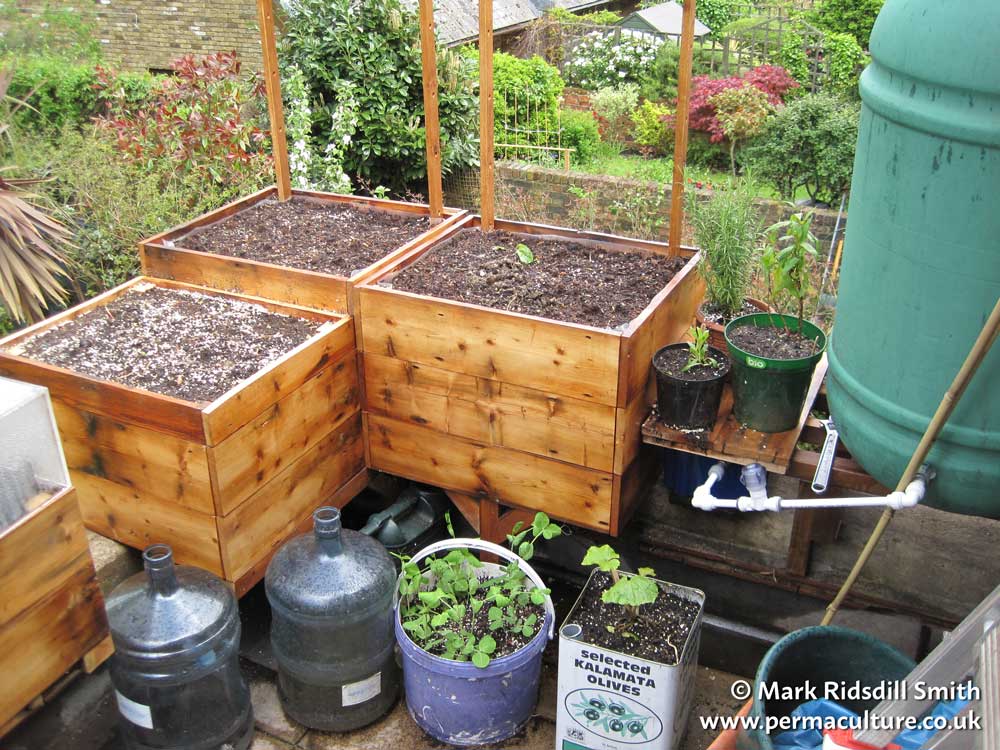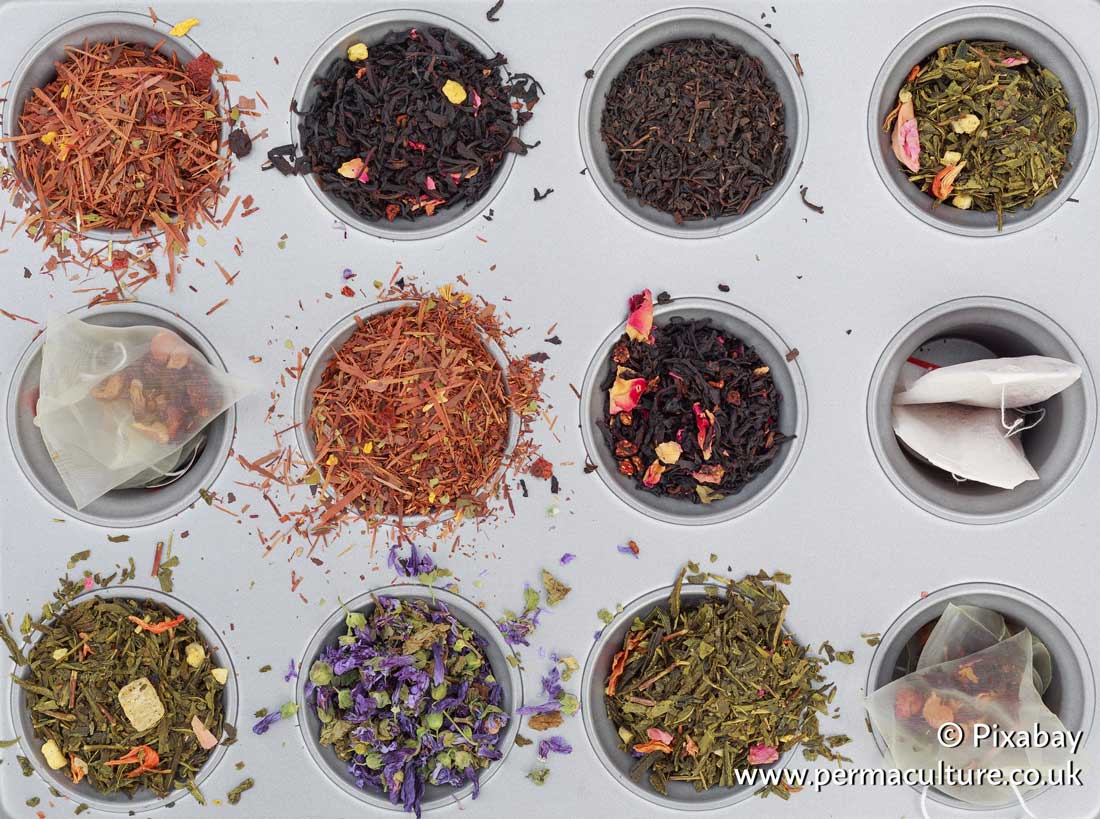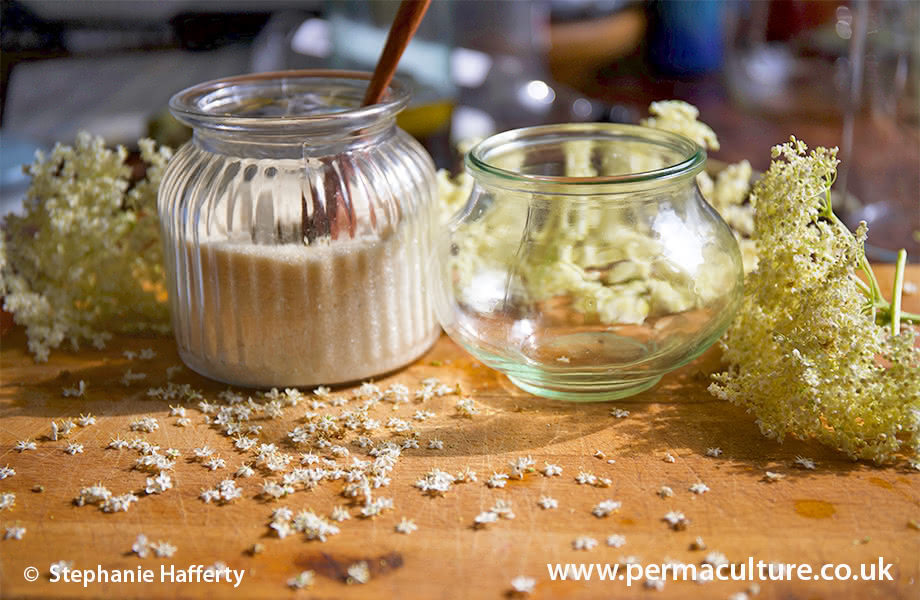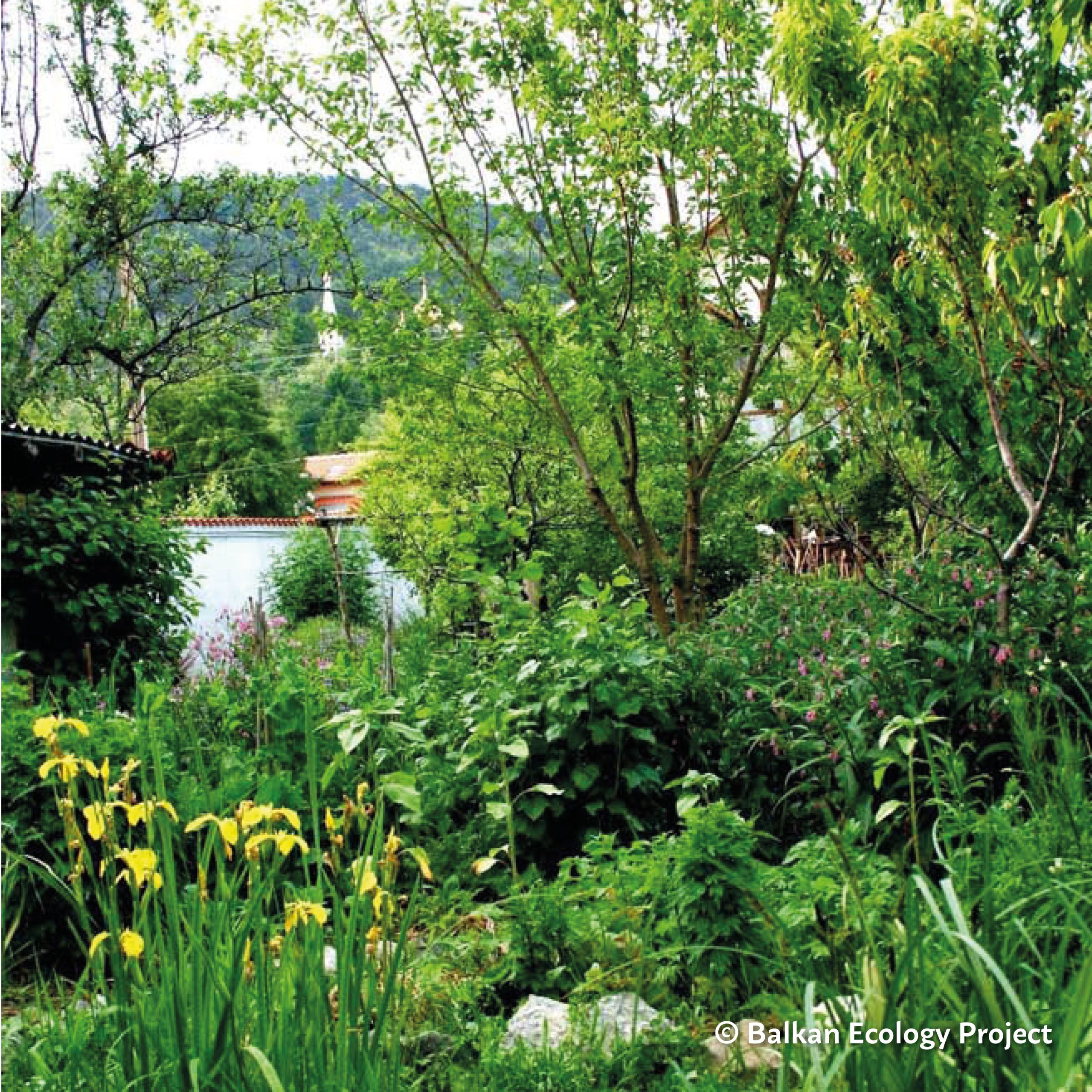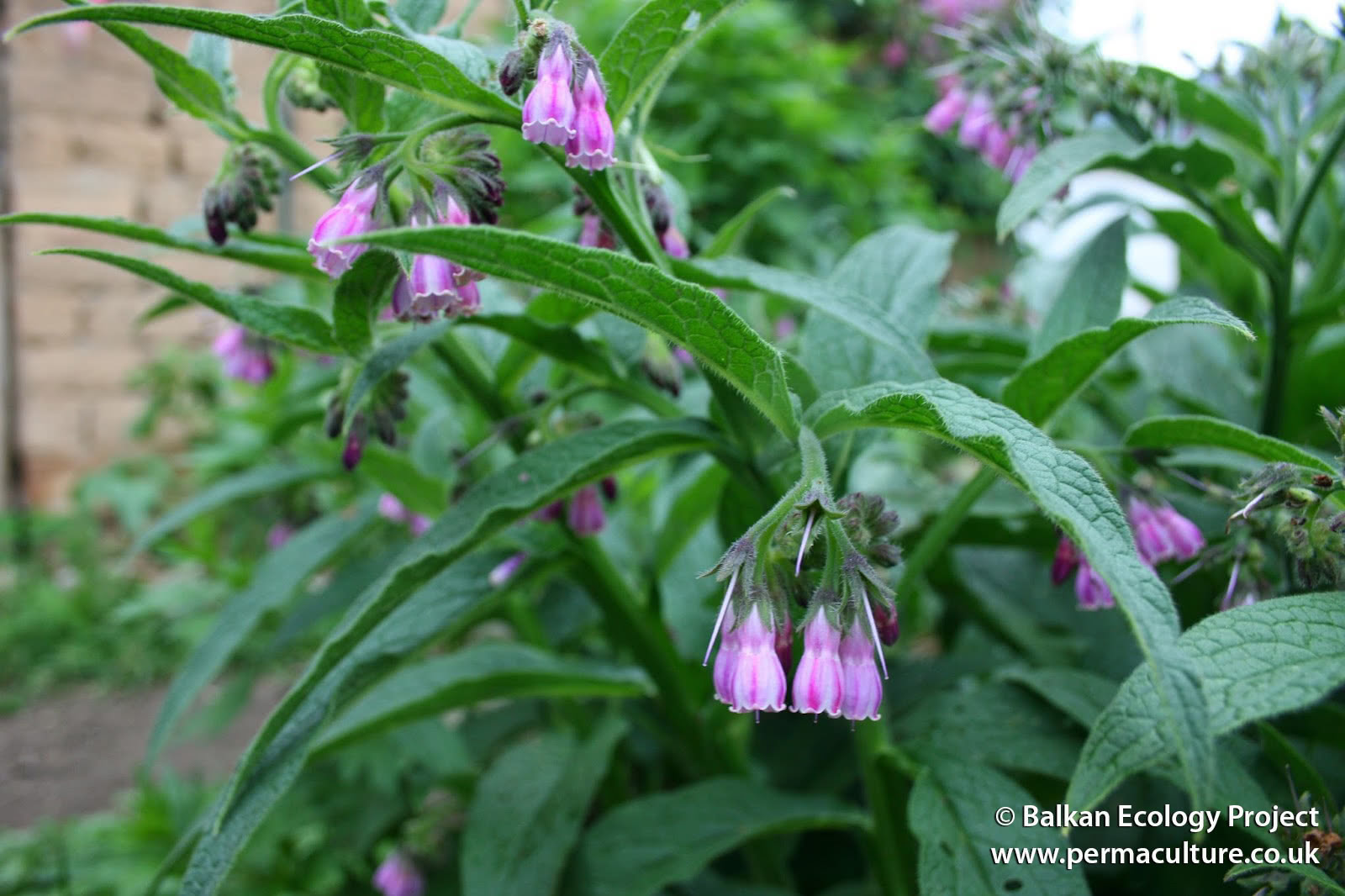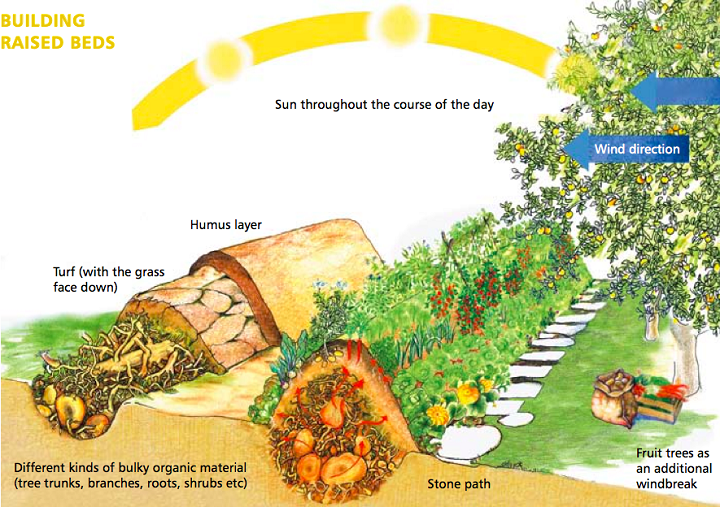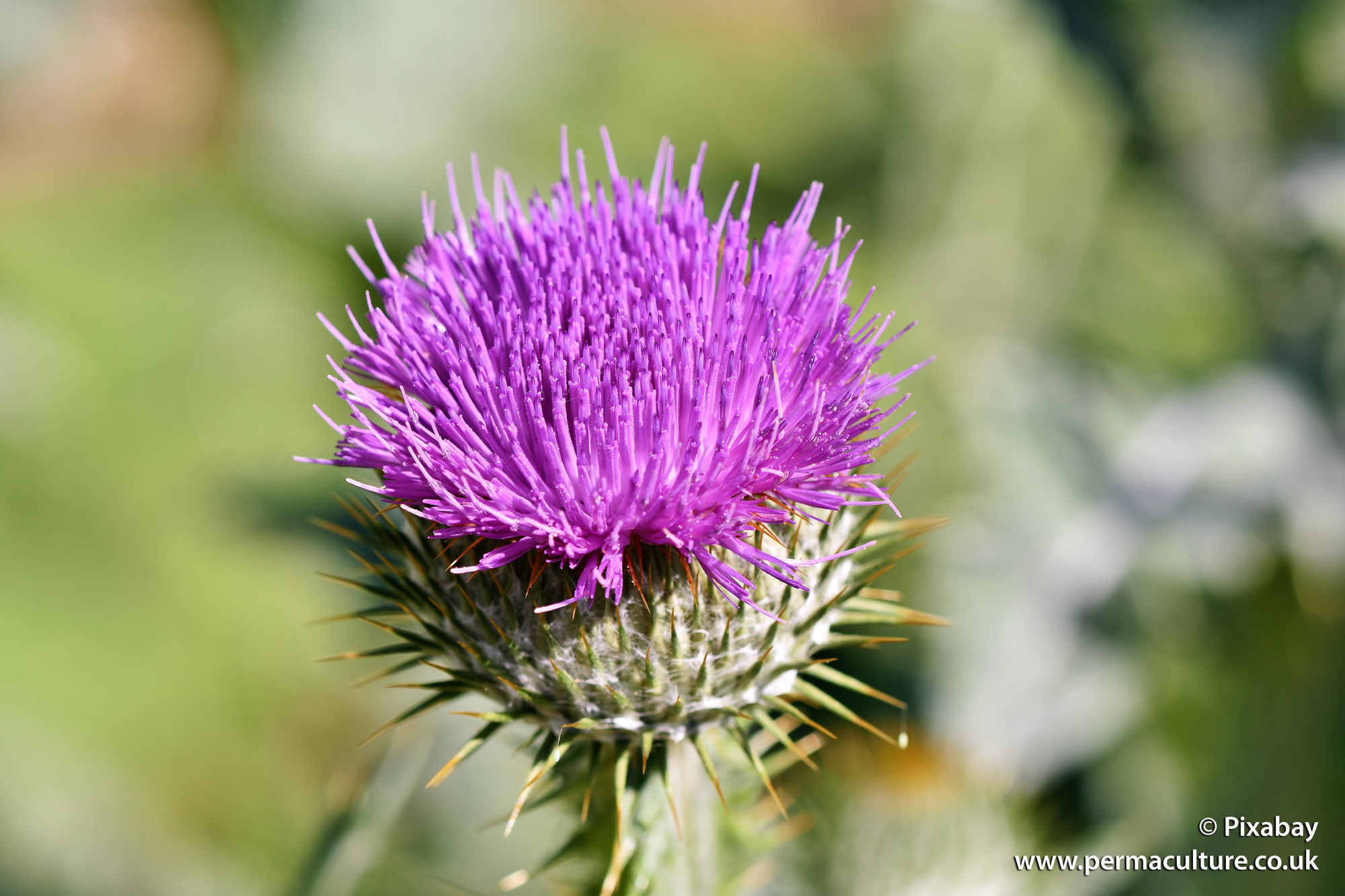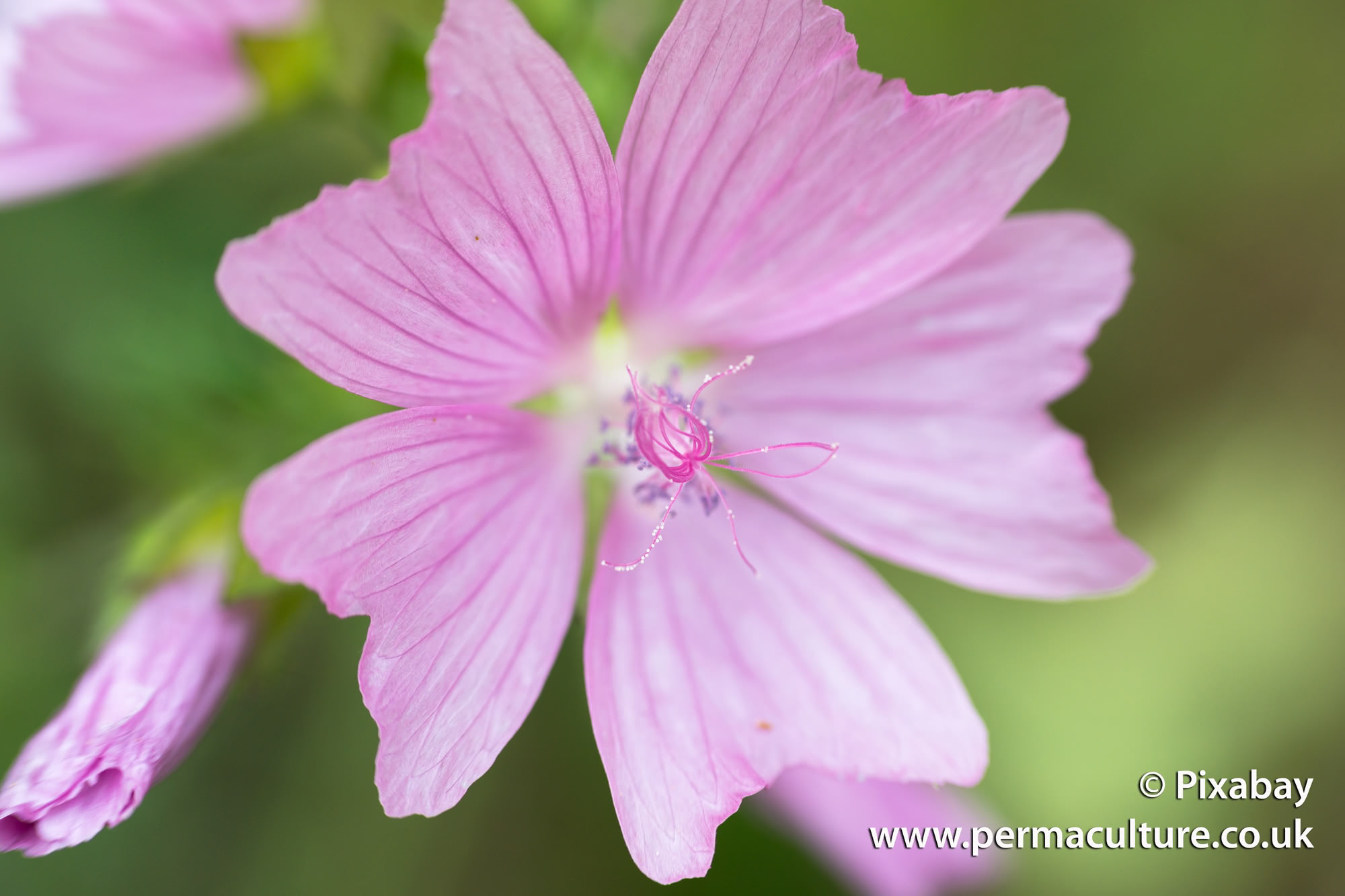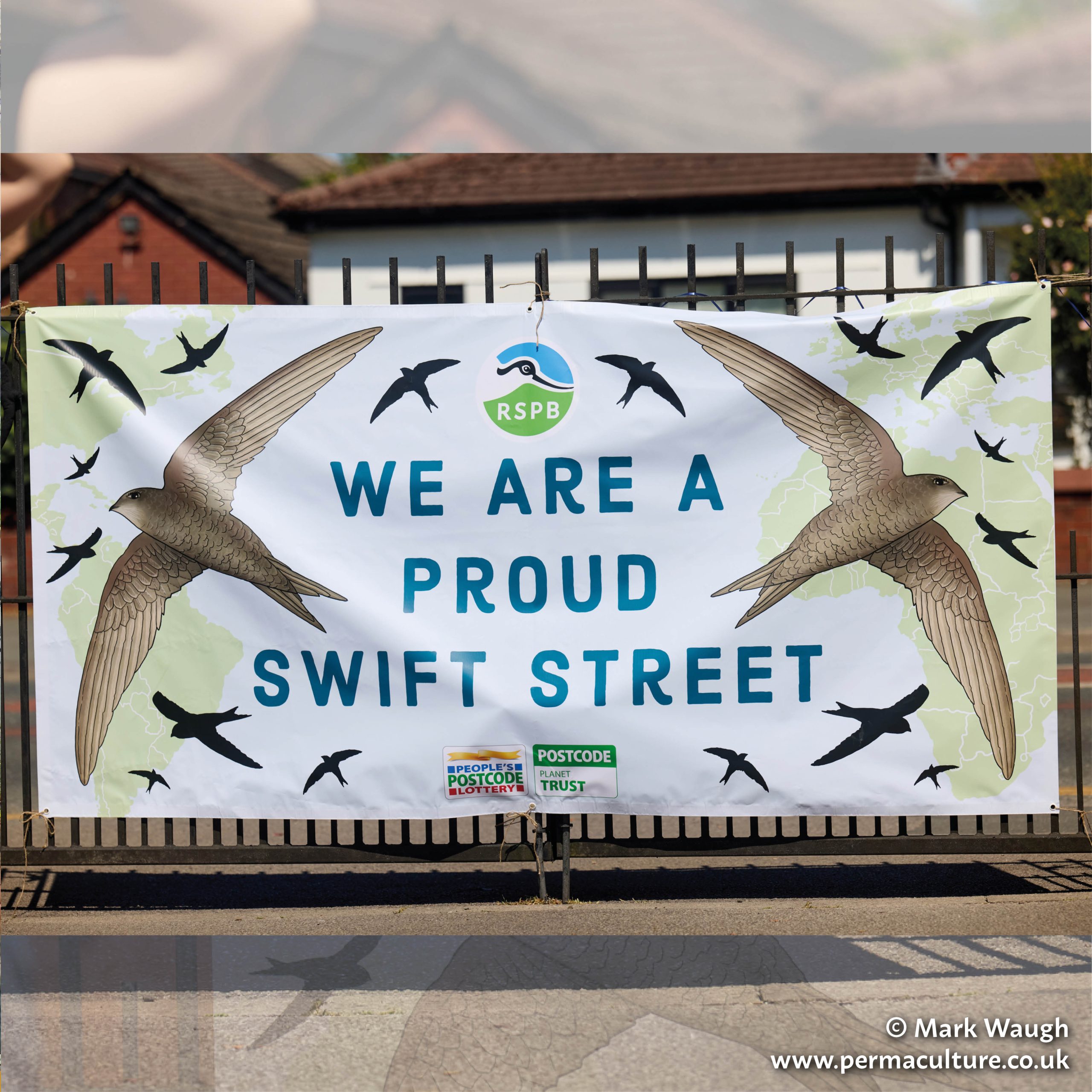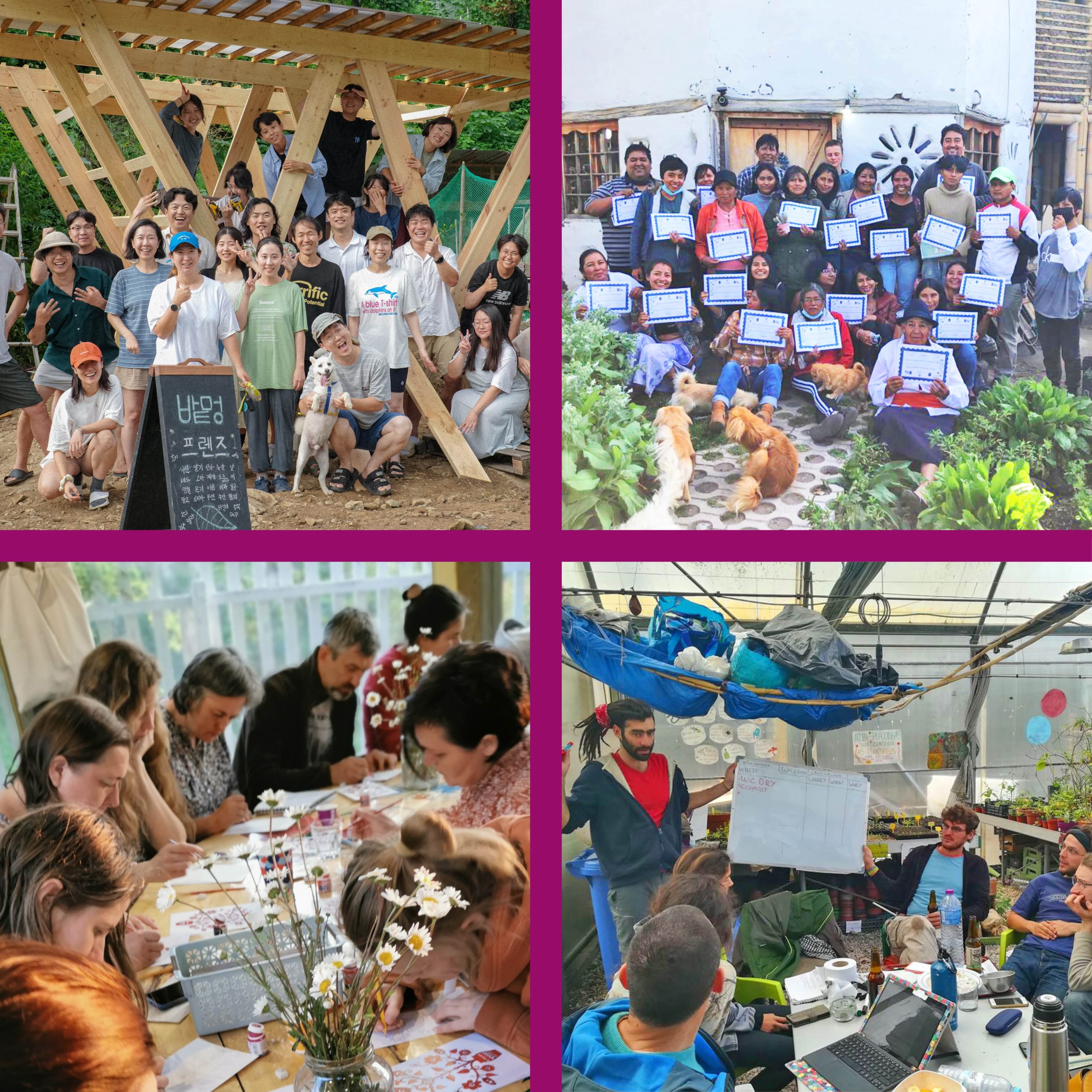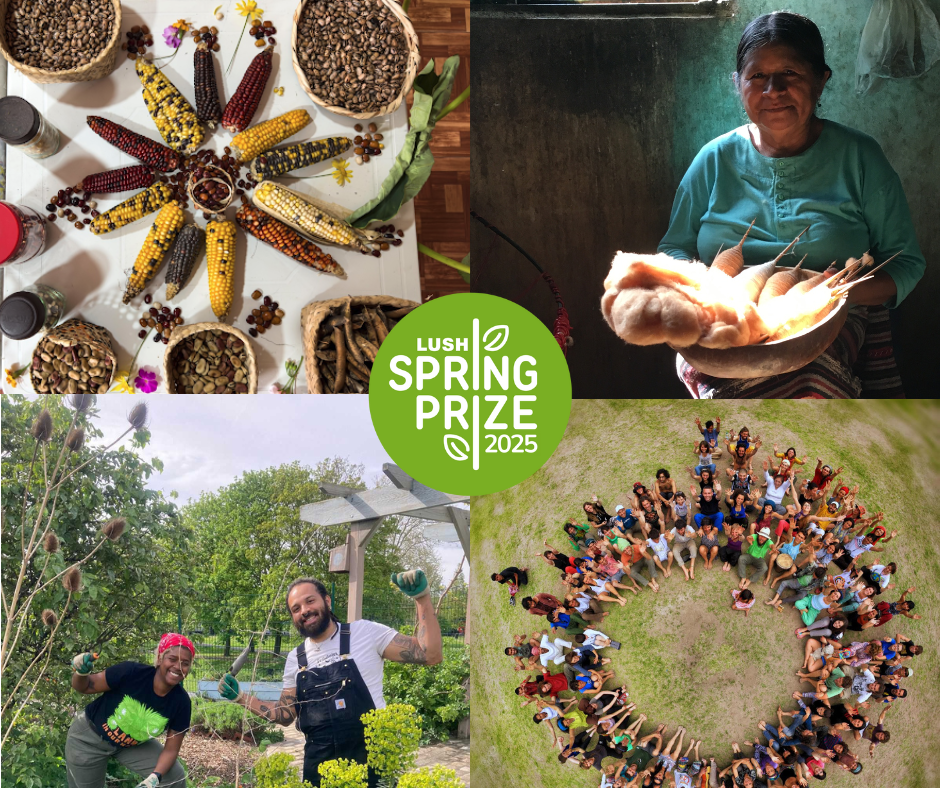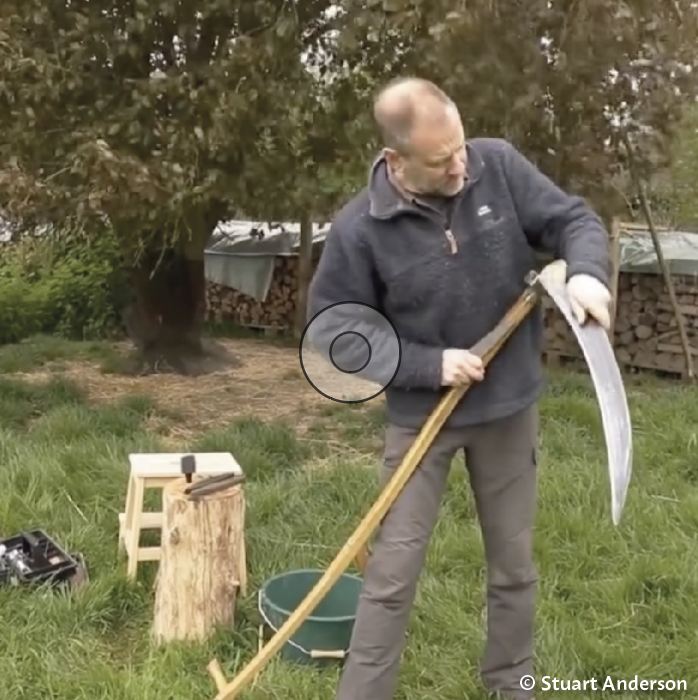Marmalade made with Seville oranges is altogether a grown-up pleasure – aromatic, bittersweet and redolent of leisurely breakfasts. It brings the taste of sunshine to dark winter months. Seville oranges are the essential ingredient, more familiar to the market stall than the commercial supermarket. Their skins and strongly scented, their juice bitter combining deliciously with the sweetness of the sugar, and they have abundant pips which add essential pectin to set the preserve.
Last year, we made marmlade from a friend’s recipe. It was utterly delicious and so we are sharing this quintessential English pleasure again this year. Now you know what we’ll be doing this weekend!
Makes approximately 10-12 lb jars.
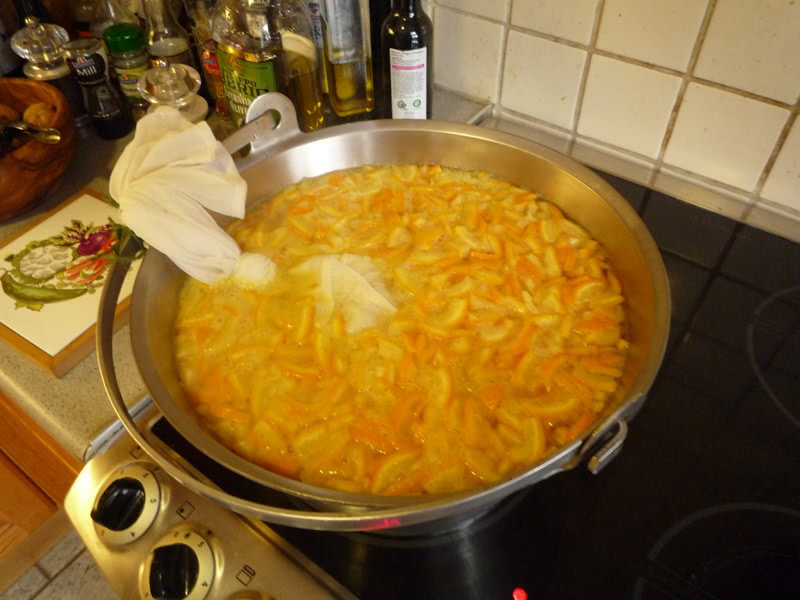
Cut oranges and lemons in half, squeeze out the juice, strain and put the pips and pith into muslin.
Cut the peel into fine shreds, or put through a mixer, to your desired thickness and put into a large earthenware bowl or your stainless steel preserving pan with the water, juice and bag of pips and pith. Leave to soak for 24 hours.
Place in a preserving pan, with the muslin bag tied to the handle for easy removal, and boil steadily until the mixture is reduced by half. This will take about two hours.
Squeeze the liquid from the muslin bag and remove it. (Tip from Delia Smith: squeeze between two small plates to extract as much of the pectin as possible.) Having warmed the sugar at a low heat in the oven, add it to the liquid. Dissolve over a gentle heat and then boil rapidly for about 30 minutes or until marmalade sets when tested. (Tip from Tim: keep your eye on it and don’t let it boil over and catch fire on the hob, like he did!)
To test setting, add a teaspoon to a cold plate (that has come from the freezer) and see if its surface crinkles when it cools. Do not over cook or it will set like glue. Add a knob of butter to reduce foam but skim off any excess and place in warm, clean jars and seal.
Leave to cool (as long as you can resist) and enjoy!
Maddy Harland is the co-founder and editor of Permaculture magazine and author of Fertile Edges – Regenerating the land, culture and hope.
